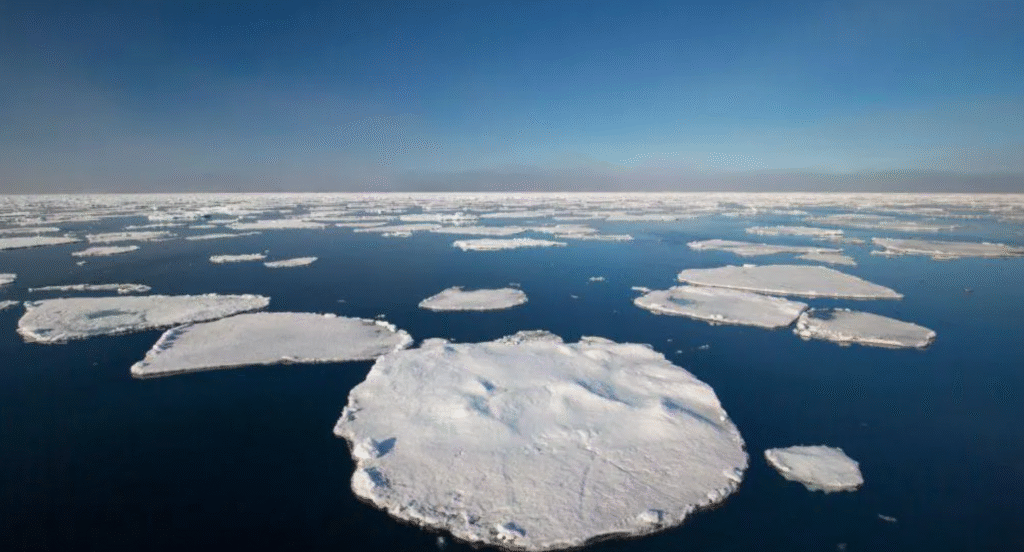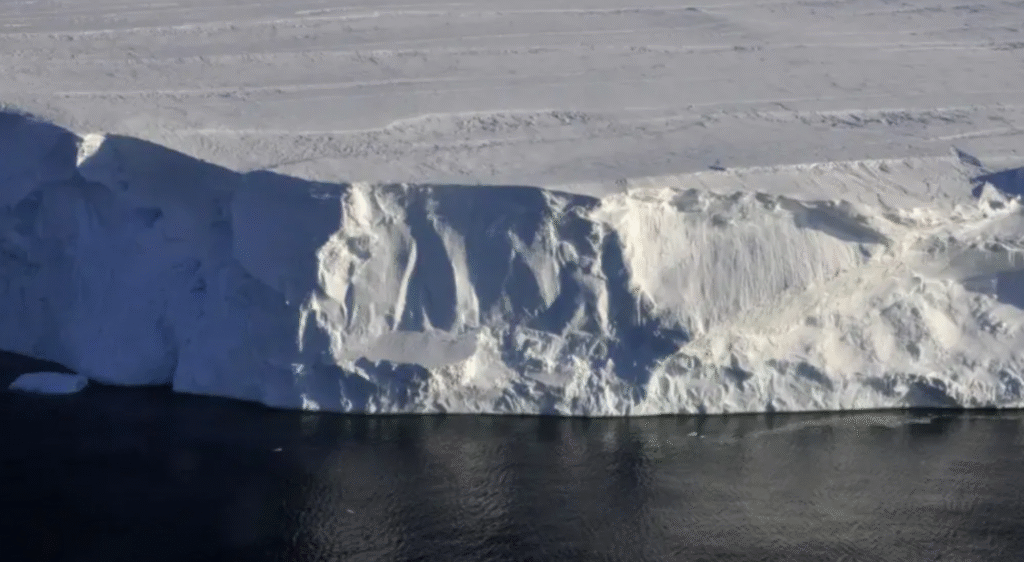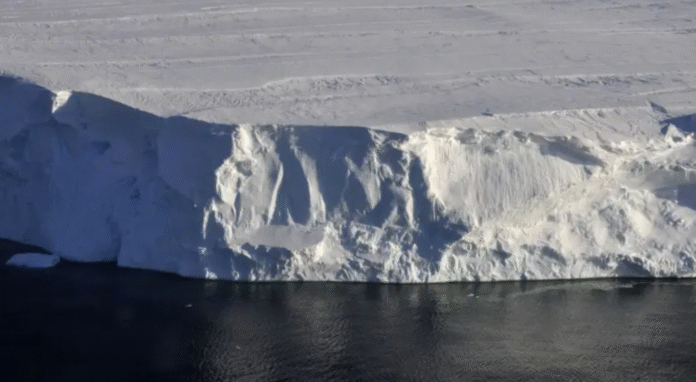Protect Arctic Climate Engineering: Scientists Sound the Alarm
Protect Arctic climate engineering is now one of the hottest debates in global science. In a dramatic warning, more than 40 leading polar researchers have spoken out against plans to manipulate the Arctic and Antarctic to slow global warming.
These controversial strategies, often called geoengineering, include releasing reflective aerosols into the atmosphere, building ocean “curtains” to block warm water, and even pumping seawater to thicken fragile sea ice. Advocates argue such methods could buy humanity time in the fight against climate change. But the experts behind this latest study insist that these projects are dangerous, unworkable, and potentially disastrous for fragile ecosystems.

Instead, they say the only proven path is clear: cutting greenhouse gas emissions and achieving net zero.
Protect Arctic Climate Engineering: What Is Geoengineering?
Geoengineering refers to deliberate, large-scale interventions in the Earth’s climate system aimed at counteracting the impacts of global warming.
Some methods, like planting forests or using machines to capture carbon dioxide, are already part of accepted net zero strategies. But more radical approaches, such as spraying reflective particles high into the sky or artificially thickening polar ice, remain deeply controversial.
Supporters argue that as temperatures rise at alarming rates, bold solutions are worth exploring. Critics, however, warn that such interventions could unleash unknown side effects, disrupt global weather systems, and divert attention from reducing fossil fuel use.
Protect Arctic Climate Engineering: The Scientists’ Findings
The new review, published in Frontiers in Science, examined five of the most widely discussed polar geoengineering ideas. According to lead author Professor Martin Siegert of the University of Exeter, every single proposal failed to meet the basic criteria of feasibility and environmental safety.
One idea, releasing reflective aerosols, could potentially cool the planet but risks altering rainfall patterns and sparking geopolitical tensions. Who, after all, gets to decide whether the Arctic sky should be filled with artificial particles?
Another proposal involved pumping seawater onto Arctic ice in winter to help it survive summer melt. But covering just 10% of the region would require around 10 million seawater pumps, a logistical and financial nightmare.
Then there’s the concept of building a giant sea “curtain” to protect glaciers like the Thwaites Glacier in Antarctica. Scientists concluded it would cost billions, take decades, and likely fail to achieve its goal.
Protect Arctic Climate Engineering: Risks of Distraction
One of the greatest concerns is that geoengineering gives the illusion of a quick fix. If people believe there is a technological shortcut, the urgency of cutting emissions may fade.
Professor Siegert put it bluntly:
“If these methods are promoted, they become a distraction. To some, they might seem like a solution to the climate crisis that avoids decarbonisation. Of course, that would not be true, and that’s why they are so potentially damaging.”
This highlights the danger of false hope. While geoengineering research may provide insight, relying on it could undermine the very real need to reduce fossil fuel use worldwide.
Protect Arctic Climate Engineering: Supporters Push Back
Not everyone agrees with abandoning geoengineering research entirely. Dr Shaun Fitzgerald, director at the University of Cambridge’s Centre for Climate Repair, argues that ignoring potential solutions would also be risky.
“The need for emissions reductions comes first,” he acknowledged. “Almost anything we do is futile without it. But more research could help society make informed decisions.”
He even admitted that some ideas might turn out to be “bonkers” but insists that doesn’t mean they should be dismissed outright.
The UK government recently allocated £60 million for geoengineering research, although it insists it has no immediate plans for deployment.
Protect Arctic Climate Engineering: The Bigger Picture
Why is this debate so critical? Because the polar regions are warming four times faster than the rest of the world. Melting sea ice and glaciers not only threaten unique ecosystems but also raise global sea levels, endangering millions of coastal communities.
According to UNICEF and other climate groups, the consequences of unchecked warming are already devastating people’s lives, from food shortages to forced migration. Geoengineering may sound futuristic, but for some, it seems like the only option left if emissions reductions continue at a snail’s pace.

Still, most scientists stress that cutting greenhouse gas emissions remains the only safe and proven path.
Protect Arctic Climate Engineering: Political and Ethical Dilemmas
The Arctic and Antarctic aren’t governed by one single country. If one nation were to deploy geoengineering without global consensus, it could spark international conflict. Dr. Valérie Masson-Delmotte, senior scientist at Université Paris-Saclay, warned that unilateral action would “increase geopolitical tensions in polar regions.”
This raises profound ethical questions:
-
Who decides to alter the planet’s climate?
-
Who bears the responsibility if it backfires?
-
And how would unintended side effects be managed globally?
These are issues no single government can resolve, making geoengineering as much a political gamble as a scientific one.
Protect Arctic Climate Engineering: The Path Forward
The takeaway from this latest assessment is clear: while research should continue, geoengineering is not the silver bullet many hope it to be. The authors recommend redirecting resources toward decarbonisation, renewable energy, and polar research.
As one UK government spokesperson put it:
“Our priority is to reduce greenhouse gas emissions from human activities and to adapt to the unavoidable impacts of climate change.”
Until world leaders accelerate emission cuts, experiments with the Arctic and Antarctic will remain dangerous distractions.
Conclusion: Why Protect Arctic Climate Engineering Matters
The debate around protect Arctic climate engineering reveals a deep divide between desperation and caution. On one side, there’s the urgency to try anything to slow global warming. On the other, there’s the fear of unintended consequences that could make a fragile situation far worse.
What scientists agree on is simple: without rapid emissions reductions, no amount of geoengineering will save the poles. The future of our planet still depends on the choices humanity makes today.

